I have a data frame of positive x and y values that I want to present as a scatterplot in ggplot2. The values are clustered away from the point (0,0), but I want to include the x=0 and y=0 lines in the plot to show overall magnitude. How can I do this?
set.seed(349)
d <- data.frame(x = runif(10, 1, 2), y = runif(10, 1, 2))
ggplot(d, aes(x,y)) + geom_point()

But what I want is something roughly equivalent to this, without having to specify both ends of the limits:
ggplot(d, aes(x=x, y=y)) + geom_point() +
scale_x_continuous(limits = c(0,2)) + scale_y_continuous(limits = c(0,2))
